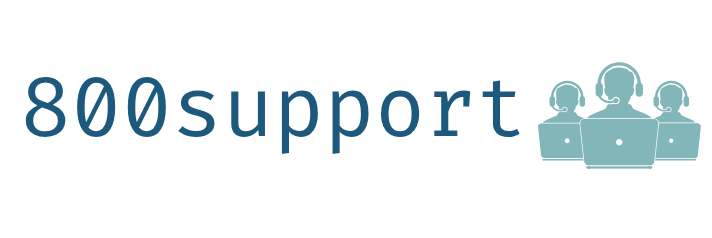Cord Blood: A Viable Alternative Source for Stem Cells
Cord Blood: A Viable Alternative Source for Stem Cells Cord blood research and technology have shown much progress in recent years. Numerous successful treatments that used cells obtained from this…





